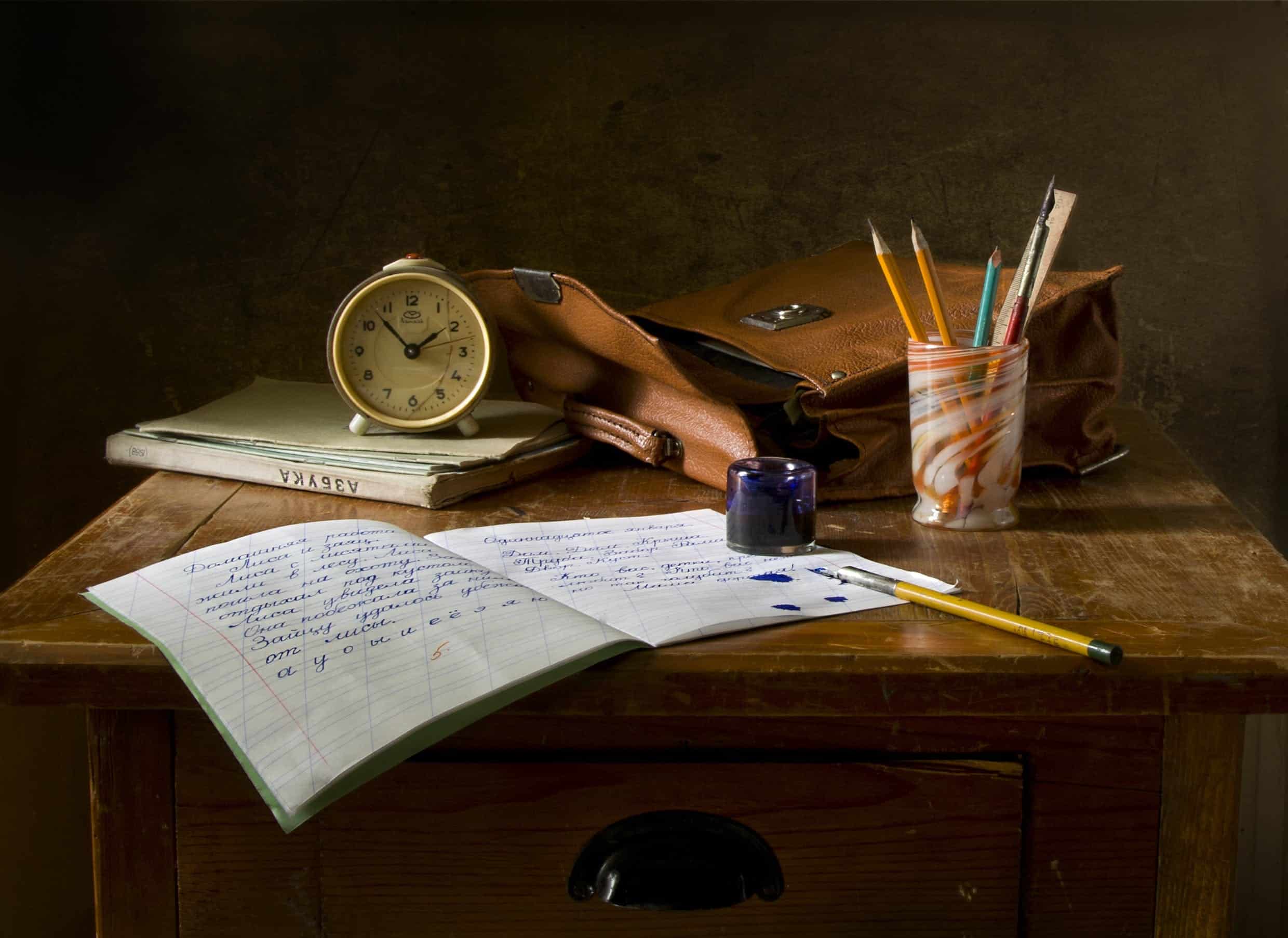
24 Jan The Pitfalls of Conformity: Navigating the Labyrinth of Tradition and Novelty in 2024

The tension between conformity and innovation lies at the heart of human societies, where established norms offer comfort and social acceptance but often at the expense of stifling creativity and individuality. Conformity acts as a cohesive force, fostering unity and shared understanding, yet its shadow side emerges in the form of constraints on human expression. Throughout history, this fine line has molded the landscapes of science, art, and culture, inspiring revolutions when people defy expectations. Striking the right balance between conformity and innovation is crucial in navigating the complexities of the modern world, as an excess of either can lead to stagnation or chaos. Understanding this interplay provides insights into the forces shaping our collective identity and driving the ongoing evolution of human civilization.
The Price of Conformity in Suppressing Individuality
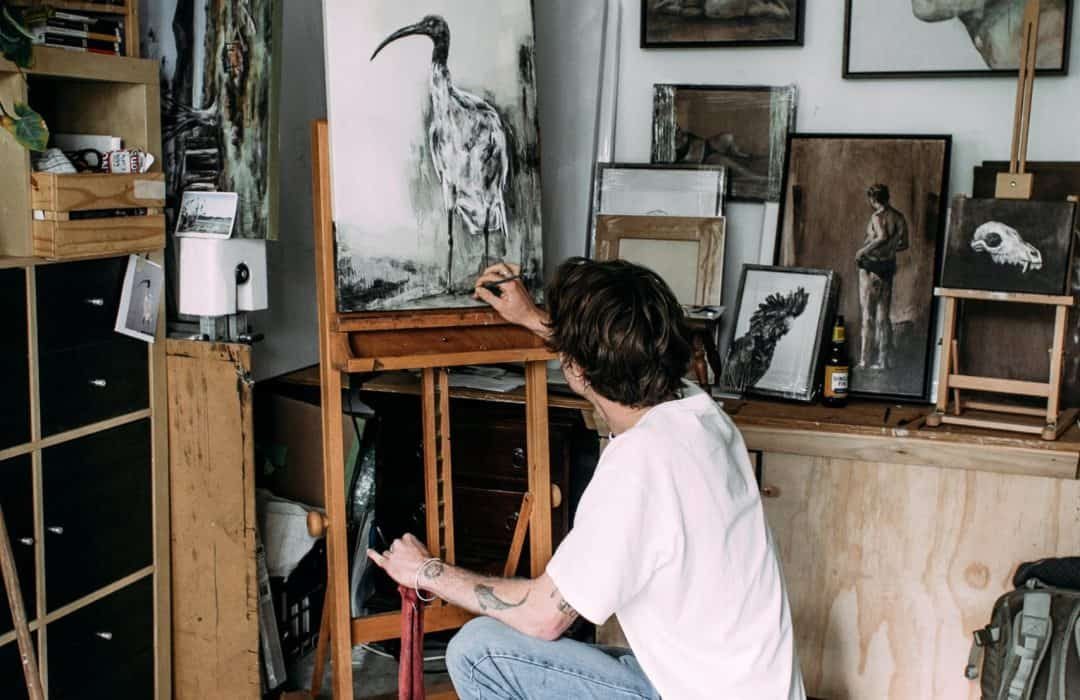
The contradictory character of conformity is seen throughout the history of art and culture. On the one hand, by offering a platform for shared experiences, conformity may act as a framework that enhances human expression. Conversely, it has a double-edged effect, stifling the uniqueness of particular voices. Examining historical periods reveals the complex dance between conformity and the suppression of individual viewpoints, from the strictures of classical architectural principles to the passionate revolt of the Romantic age. A recurring topic in the development of human expression is the conflict between upholding customs and encouraging the creation of unique voices.
Cultural Tensions: Exploring the Interplay Between Conformity and Innovation
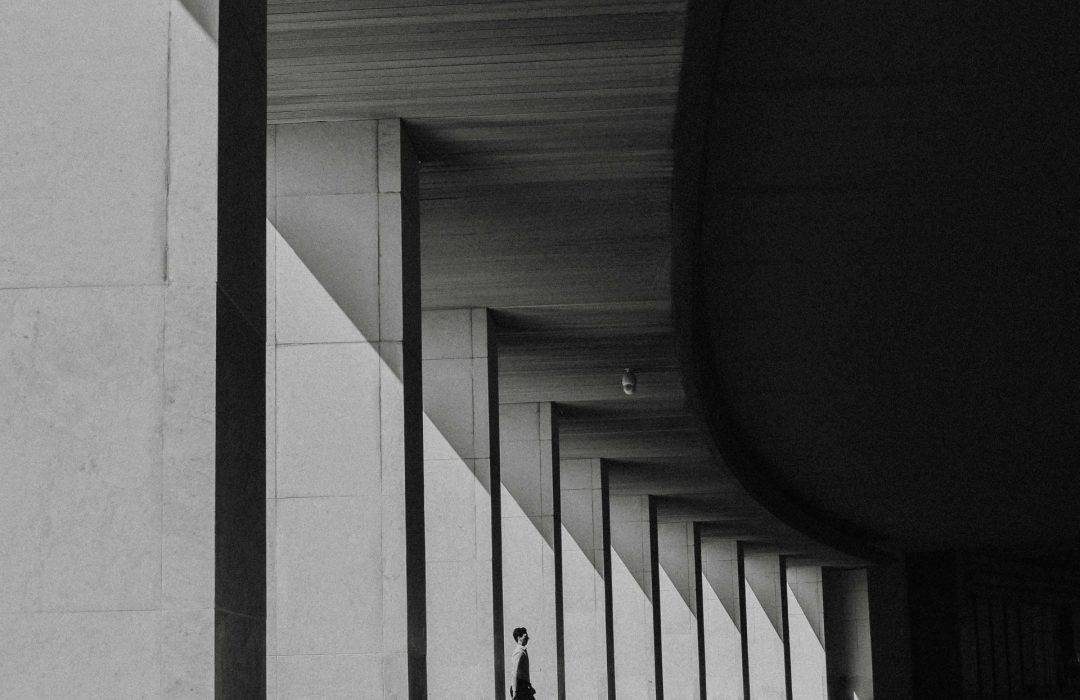
Beyond personal conflicts, the relationship between innovation and conformity is braided throughout whole societies. There are many instances throughout history that show the complex interplay between striking new ground and conforming to social conventions. Analyzing various cultural environments, from prehistoric cultures to contemporary ones, sheds light on how many groups have struggled to strike a careful balance between tradition and innovation. These historical events function as both cautionary stories and inspiration, helping modern communities negotiate the intricate relationship between tradition and progress.
Balancing Tradition and Innovation in Ancient Greece
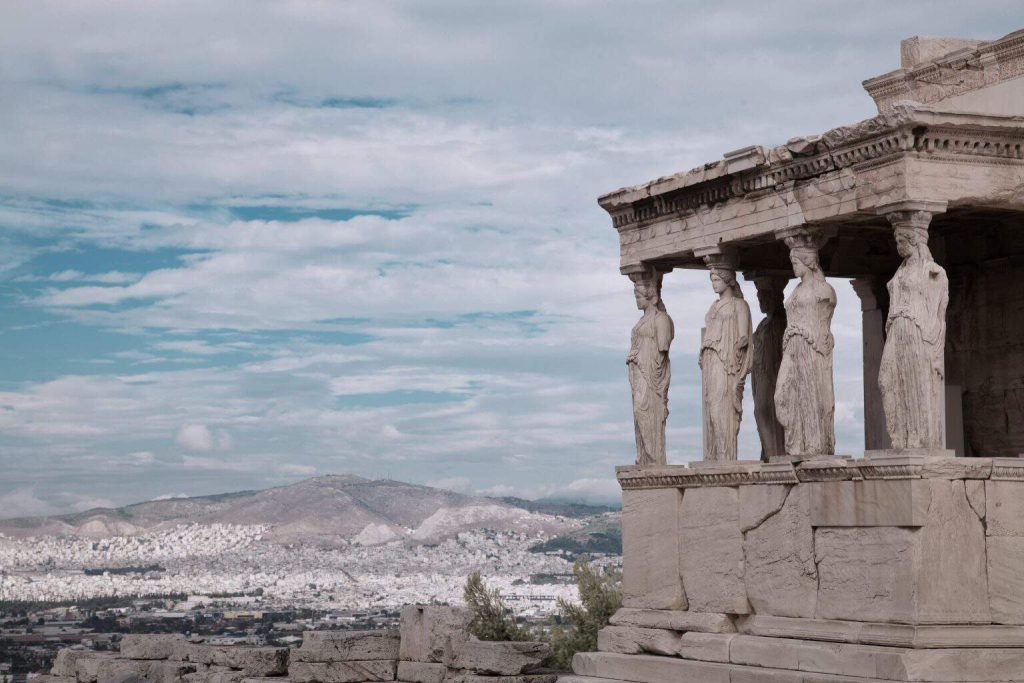
The Greeks, renowned for their contributions to art, philosophy, and architecture, exemplified a harmonious coexistence of established customs and groundbreaking ideas. Architecturally, the classical orders, including Doric, Ionic, and Corinthian, stand as enduring testaments to their commitment to tradition, embodying a sense of order and proportion that continues to influence architectural aesthetics today. Simultaneously, the philosophical discourses of luminaries such as Socrates, Plato, and Aristotle exemplified an intellectual landscape where tradition was not a hindrance but a springboard for innovation. Socrates, in his method of dialectics, engaged in critical questioning that challenged prevailing norms, while Plato’s allegories and Aristotle’s systematic approach to knowledge showcased the intellectual dynamism fostered by the culture. The Greeks showcased that tradition need not be a static force but rather a foundation upon which innovation can flourish. Their ability to seamlessly weave together the threads of convention and creativity has left an indelible mark on human history, influencing subsequent generations and serving as a timeless lesson in the delicate art of balancing tradition and innovation.
Breaking from Medieval Conventions in Europe
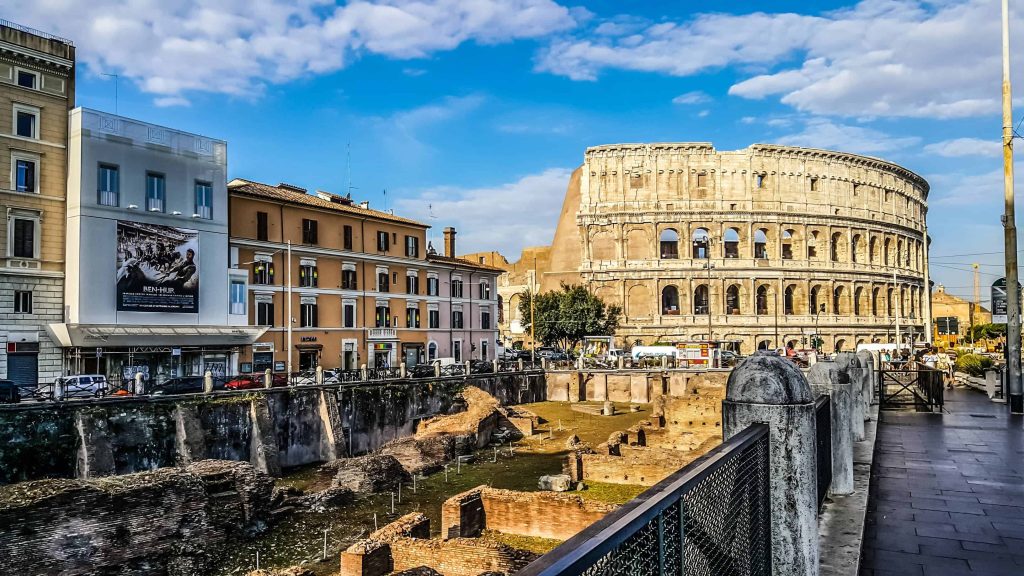
📷 Pixabay
The Renaissance in Europe marked a significant departure from medieval traditions, as artists and intellectuals drew inspiration from classical antiquity. Breaking free from established norms, the era witnessed unprecedented advancements in art, science, and literature. Visionaries like Leonardo da Vinci and Michelangelo embraced naturalistic approaches in art, departing from medieval symbolism. Scientific inquiry flourished with figures like Copernicus challenging traditional views, while literature experienced a revival of classical forms. The Renaissance, characterized by humanism and a focus on individualism, laid the foundation for the modern world, transforming European culture and shaping the trajectory of art, science, and literature.
Innovation within Deliberate Adherence to Tradition in Japan
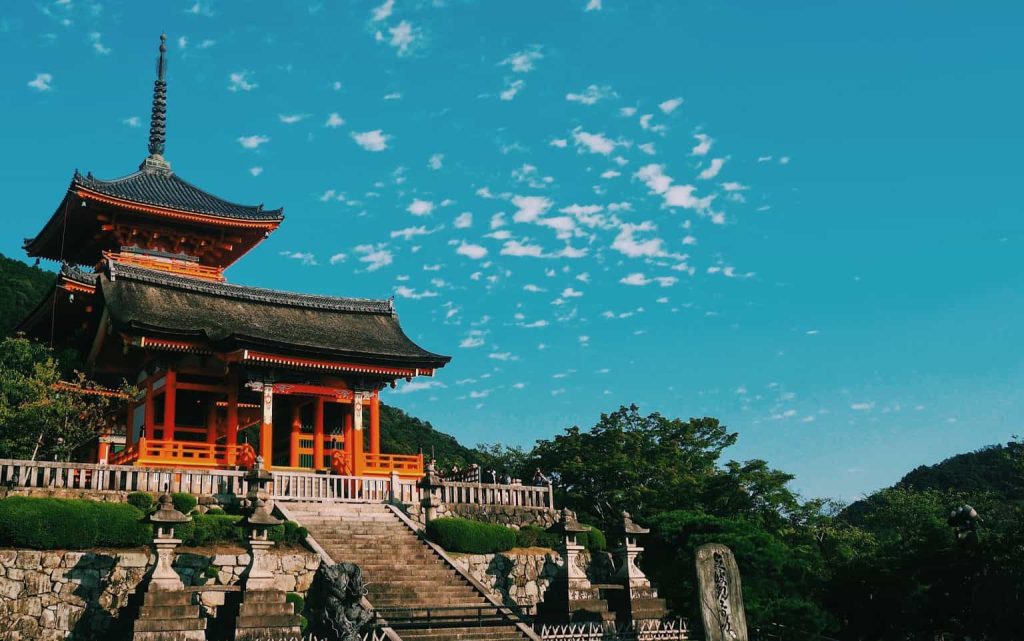
During Japan’s Edo period, a unique interplay between tradition and innovation emerged, setting it apart from its European contemporaries of the time. While Europe experienced radical shifts in artistic expression and cultural norms, Japan showcased a deliberate adherence to tradition. Remarkably, within the confines of these cultural and societal boundaries, artists such as Hokusai and Utamaro ingeniously navigated the delicate balance between preserving traditional aesthetics and introducing innovative elements into their works. Their creativity thrived despite the constraints, illustrating that a profound connection with tradition can catalyze innovation. The artistic achievements of the Edo period luminaries not only demonstrated the resilience of Japanese cultural heritage but also revealed the boundless possibilities that arise when tradition becomes a source of inspiration rather than a limiting factor.
The Cultural Tug-of-War Between Tradition and Rebellion
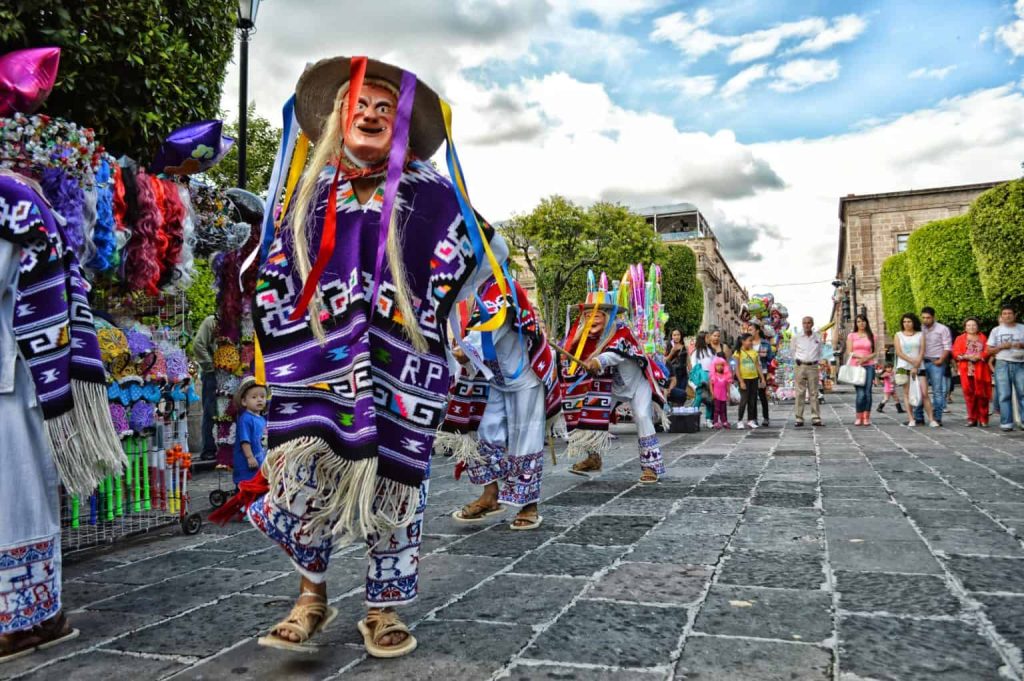
The 20th century unfolded as a dynamic era marked by unprecedented technological advancements and profound societal upheavals, setting the stage for a compelling cultural tug-of-war between tradition and rebellion. Movements such as modernism, surrealism, and postmodernism emerged as powerful forces actively challenging established norms and artistic conventions. This period witnessed a fervent desire to break free from the shackles of tradition, with artists and intellectuals embracing avant-garde ideas and experimental forms of expression. The allure of the new, with its promise of innovation and liberation from convention, clashed with the comforting familiarity of the old. The cultural landscape became a battleground where tradition and rebellion engaged in constant dialogue, shaping the evolution of art, literature, and philosophy. This tension fueled a creative tension that resulted in groundbreaking works of art and literature, reflecting the complex interplay between the desire for progress and nostalgia.
Dance Partners in the Tapestry of Human Expression
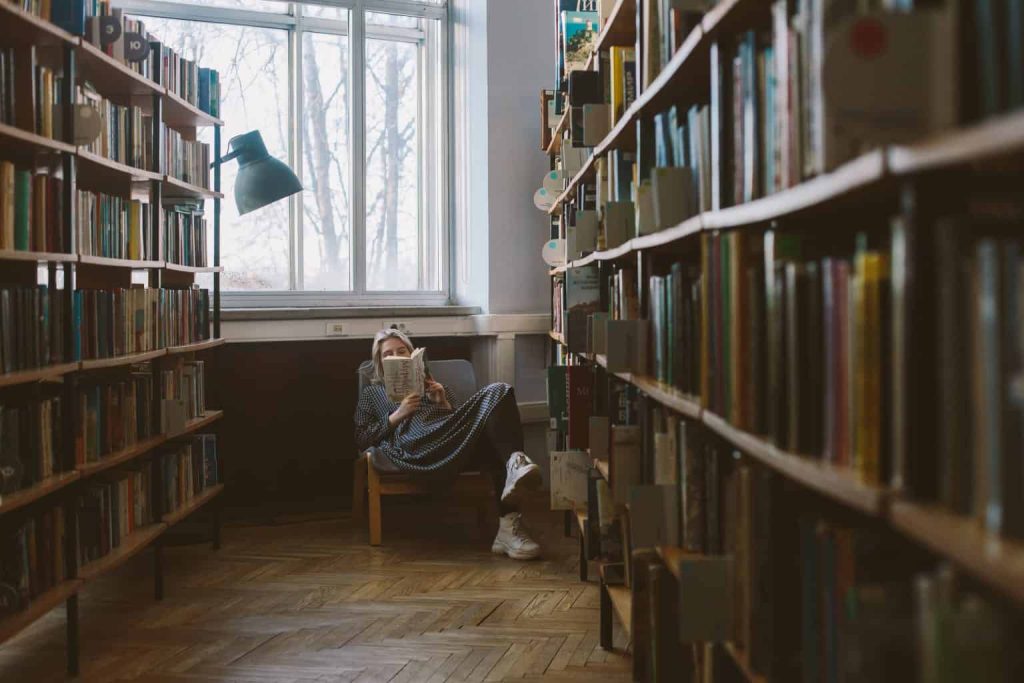
Photo by Polina Zimmerman
the tension between conformity and innovation has been a driving force in human history, shaping the realms of art, culture, and society. While conformity can provide a sense of unity and shared understanding, it also carries the risk of suppressing individuality. Throughout different epochs, cultures have grappled with striking a delicate balance between preserving established norms and fostering creativity. The Greeks showcased the possibility of tradition serving as a dynamic foundation for innovation, the Renaissance marked a departure from medieval conventions, and Japan’s Edo period demonstrated how adherence to tradition could still catalyze creativity. The 20th century further intensified this interplay, with movements like modernism and postmodernism engaging in a cultural tug-of-war between tradition and rebellion, producing groundbreaking works of art and literature. The lessons from history emphasize the need for a thoughtful equilibrium between conformity and innovation. Excessive conformity risks stifling progress, while unchecked innovation can lead to chaos. Striving for a society that values tradition as a source of inspiration rather than a constraining force is essential. Recognizing that a harmonious coexistence of the old and the new can propel us forward while preserving our collective identity, we find ourselves on a continual journey of navigating the labyrinth of tradition and novelty, shaping a vibrant and evolving human civilization.
